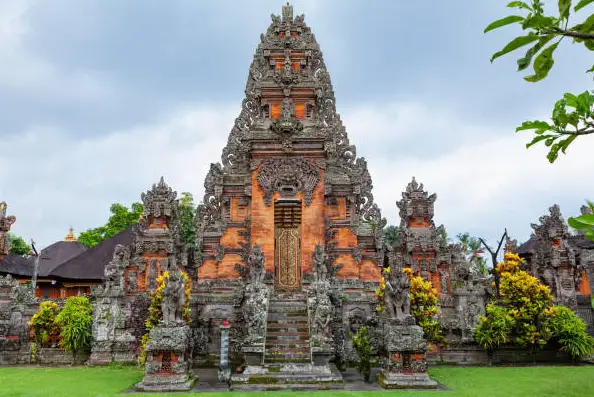What is the history of Gondar and its castles?
Post ByAdequate Travel
Summary
Gondar, a city in Northwest Ethiopia, is known as the Camelot of Africa due to its impressive set of castles. These castles, built between 1632 and 1855, offer insight into Ethiopia's rich and diverse history. In this blog, we will explore the history of Gondar and its castles, from their origins to their eventual incorporation into World Heritage Sites. As you prepare for your journey, familiarize yourself with the specific entry requirements, including any necessary visas or documentation.History of Gondar
1. Rise of Gondar: Gondar, located in northern Ethiopia, was founded by Emperor Fasilides in 1636. Fasilides moved the capital of the Ethiopian Empire from the previous capital, Axum, to Gondar due to its strategic location.
2. Establishment of the Fasil Ghebbi: The Fasil Ghebbi, also known as the Royal Enclosure, was built to serve as the residence of the emperors and their royal court. It was constructed over several decades and expanded by subsequent emperors.
3. Influence of European architecture: During the 17th century, Gondar was heavily influenced by European architecture, particularly Portuguese, Indian, and Moorish styles. This influence can be seen in the design and construction of the castles and other structures in Gondar.
4. Architectural significance: The castles of Gondar are renowned for their unique style, combining Ethiopian and European architectural elements. Their construction involved the use of local materials such as basalt stone, wood, and plaster.
5. Decline of Gondar: Gondar's prominence as the capital of Ethiopia declined during the 18th and 19th centuries, as regional conflicts and power struggles weakened the empire. The capital was eventually moved to Addis Ababa in the late 19th century.
Example Castles in Gondar
1. Fasilides Castle: This castle, named after Emperor Fasilides, is the largest and most prominent structure in Gondar's Royal Enclosure. It features a combination of Ethiopian and Indian architectural styles, with intricate decorations and a large central tower.
2. Empress Mentewab's Castle: Built by Empress Mentewab in the 18th century, this castle is known for its distinctive design, which incorporates Portuguese and Moorish influences. It has two floors, numerous turrets, and balconies overlooking the surrounding area.
3. Emperor Iyasu's Palace: Constructed during the reign of Emperor Iyasu II, this palace stands out with its extensive use of stone carvings and decorative motifs. It has several rooms and courtyards, showcasing the grandeur of Gondar's architecture.
4. Castle of Bakaffa: This castle was built by Emperor Bakaffa and reflects the traditional Ethiopian architectural style, characterized by rectangular shapes and solid structures. Despite being smaller in size, it still exhibits intricate details and craftsmanship.
5. Castle of Dawit III: Emperor Dawit III constructed this castle, highlighting the blend of Ethiopian and European influences. It has a domed roof, arched windows, and ornamental details, showcasing the evolving architectural trends of the time.
The place is known for its rich history and culture, welcomes tourists with open arms. However, be sure to review the travel advisory and travel warnings to ensure a safe and enjoyable experience.Suggested Questions
- Koka Reservoir, Adama: Horror Story, History & Paranomial Activities
- Mount Guge, Tigray: Horror Story, History & Paranomial Activities
- Debre Sina Monastery, Amhara Region: Horror Story, History & Paranomial Activities
- Meqdela Palace, Amhara Region: Horror Story, History & Paranomial Activities
- Dallol, Afar Region: Horror Story, History & Paranomial Activities
- Yirgalem Forest Resort, Sidama Zone: Horror Story, History & Paranomial Activities







